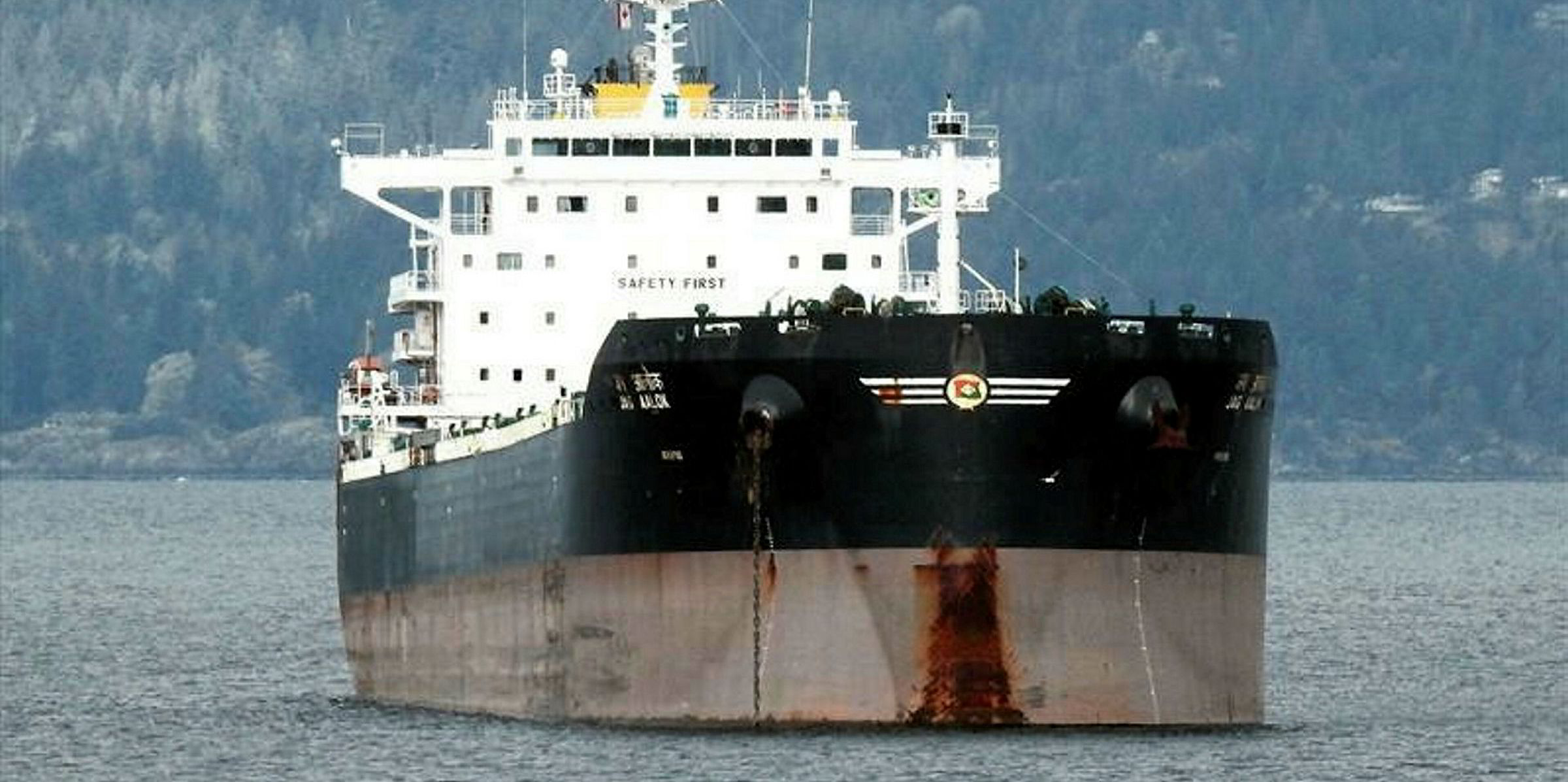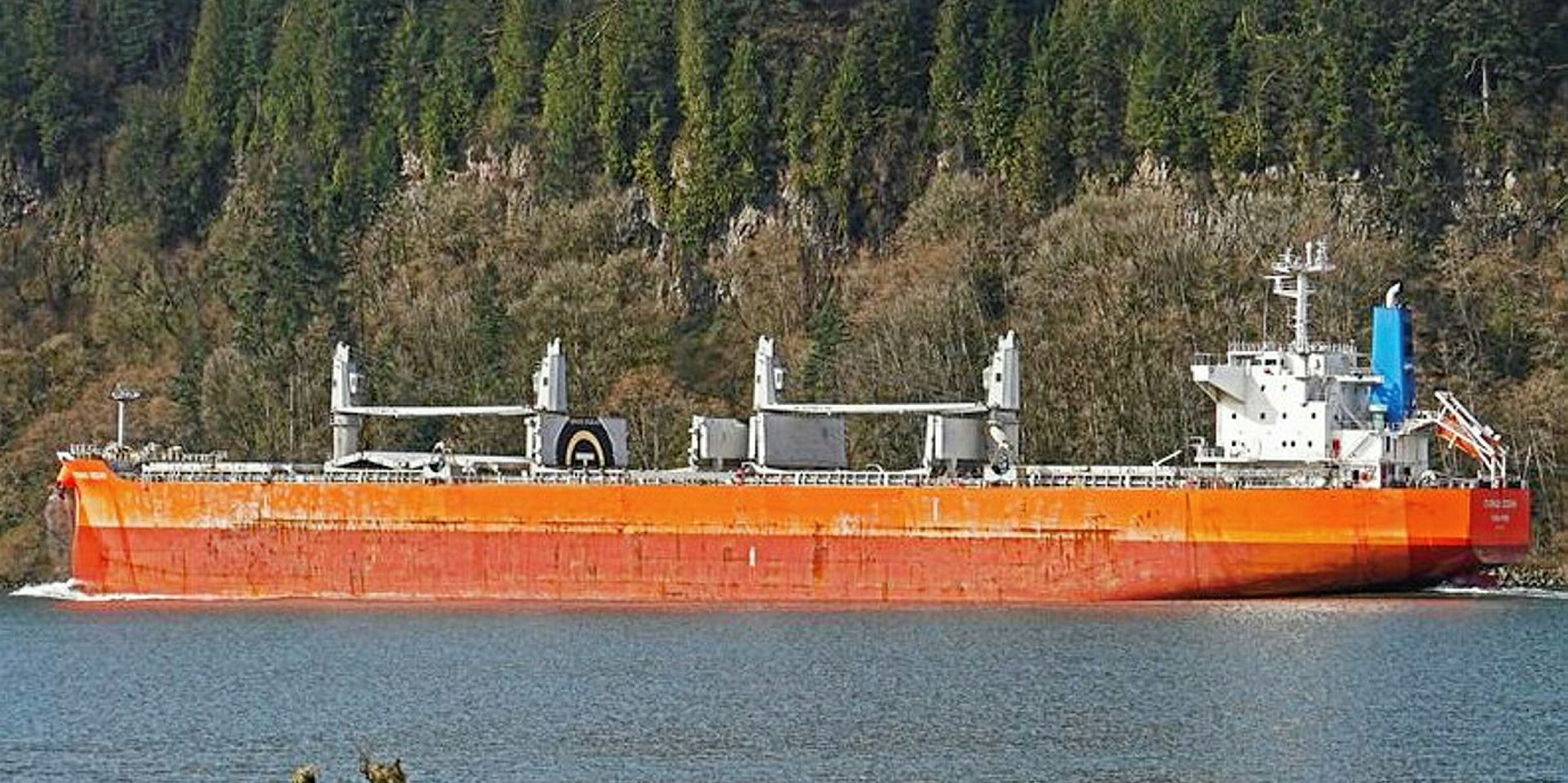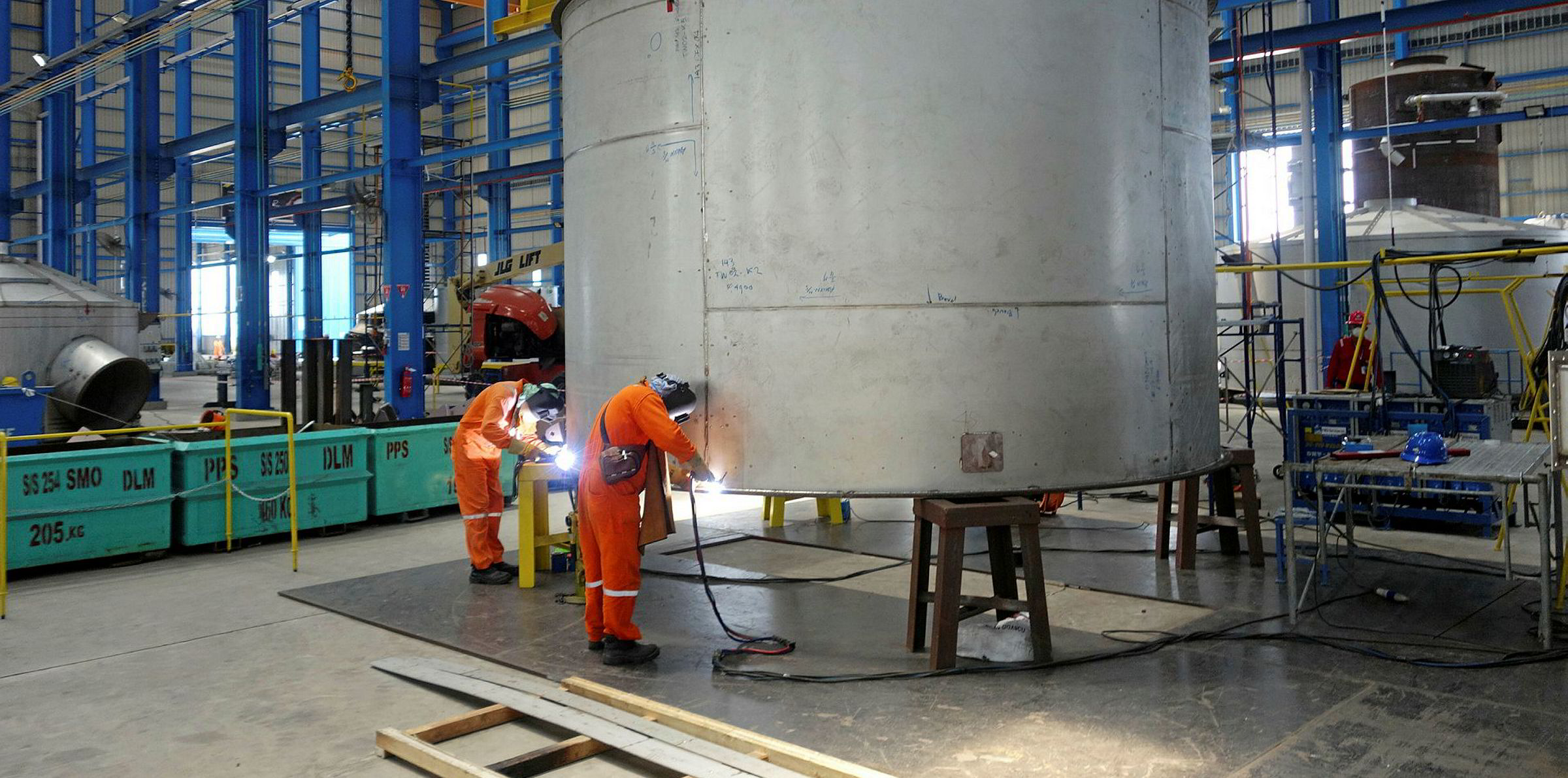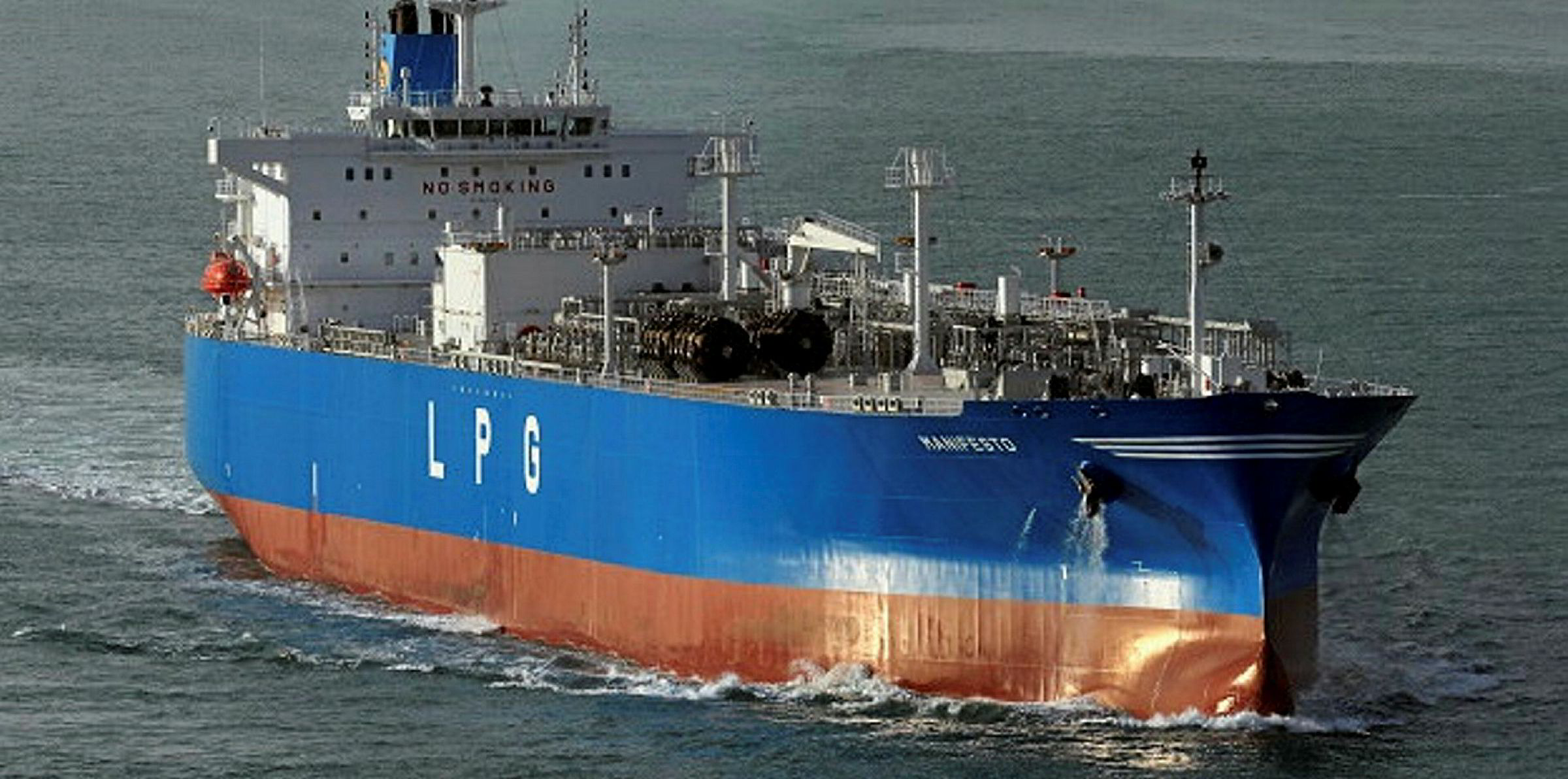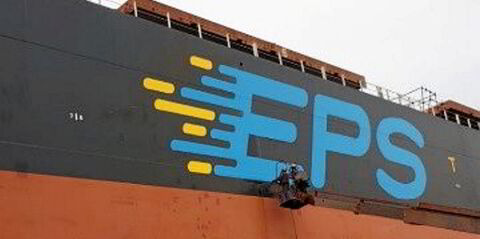India's Great Eastern Shipping is not keen to join the revival of the bulker sale-and-purchase market until prices drop further.
The company views the sector's asset values as having fallen the furthest in poor markets, but has not yet been tempted to move.
Speaking on a conference call with analysts, chief financial officer G Shivakumar said: "We don't go in with a fixed plan. We look at transactions which come to us, and we see whether they make sense at that time.
"As it stands today, the prices don't yet seem very attractive, but that could easily change tomorrow or the day after."
He added: "Yes, among all the asset classes, it may be that dry bulk are looking lowest. But as it stands, nothing is planned."
Company can move quickly
But Shivakumar said: "We have the capacity to buy quickly and move quickly and buy in volume, but nothing planned for now. We don't have a planned capex [capital expenditure]."
The company pledged it would be opportunistic whenever the market offered suitable values.
TradeWinds has already reported Greek owners moving for secondhand bulkers in recent weeks.
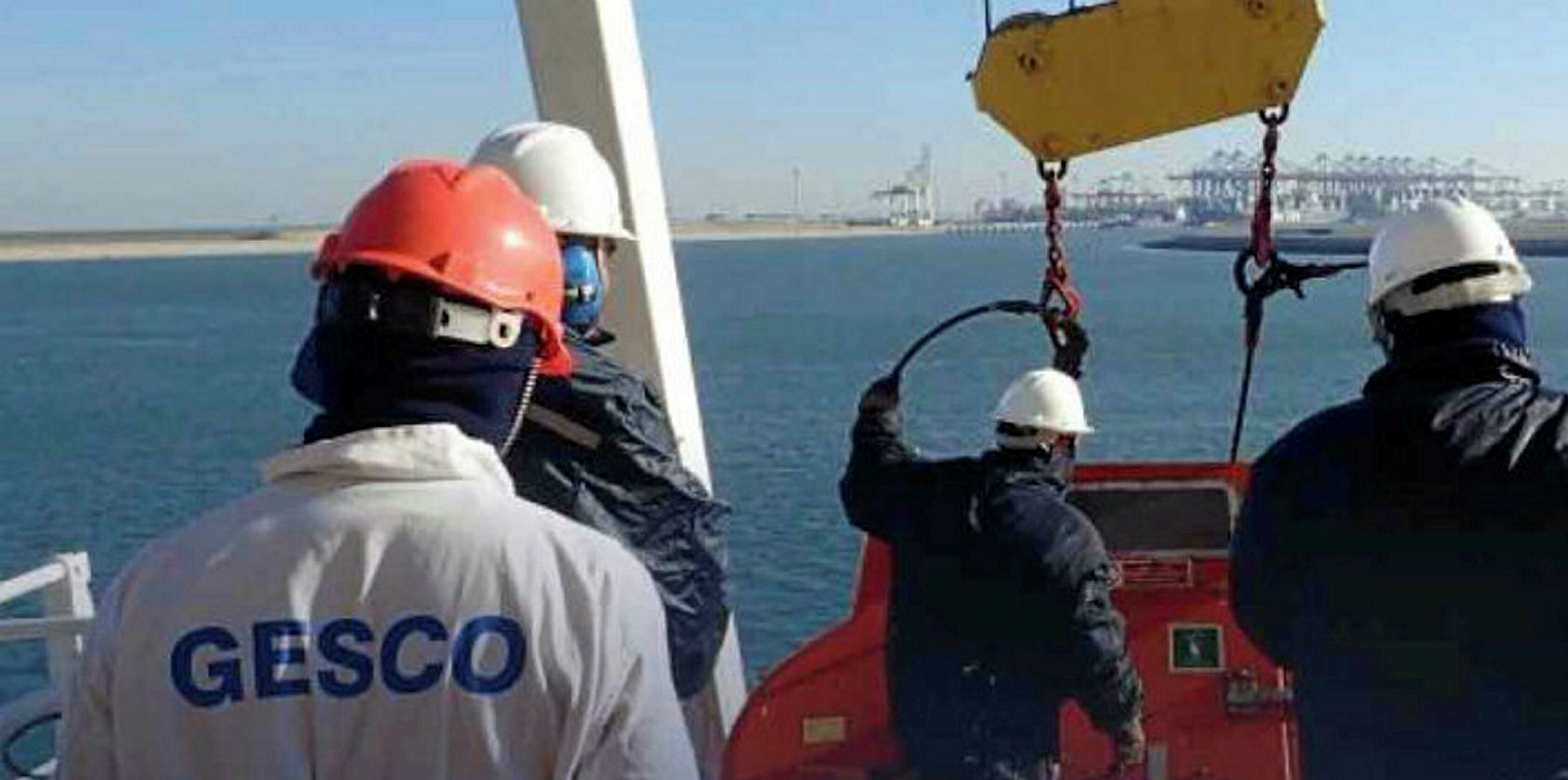
AM Nomikos ended a seven-month acquisition hiatus in the S&P market for bulkers, adding the 58,600-dwt Cygnus Ocean (built 2013) to its fleet from Japan’s Mitsubishi Corp for about $12.5m.
Greek players were also believed to have acquired another Japanese-held supramax reportedly sold last month — the 56,000-dwt Royal Epic (built 2008) for $7.8m.
Buying is not confined to Greek companies. Some brokers said that Indonesian interests picked up the 76,500-dwt Diamond Wind (built 2010) for just $10.25m.
VLGC reckoning on the way
Another market in trouble is the VLGC sector.
Shivakumar said rates have come down "very significantly" over the last four to six weeks.
Analysts have said spot levels are probably below the Baltic Exchange's VLGC index of $18,233 per day on Wednesday — and below break-even of $22,000 per day.
The CFO said: "Our fleet is completely on time charter. The first repricing which we'll have is somewhere in the second half of this financial year."
He also said it had been an “exciting few months” in the tanker market that “in some ways we would rather not have [had] and in some ways… it [had] helped tankers to make a lot of money.”
Product highs captured
VLCC numbers boomed to above $200,000 per day in the first quarter, while product tanker rates reached record highs in April and May.
"So you had the large product tankers, the LR2s going up to close to $100,000 a day. MR tankers going up to $50,000-plus a day and even all the way up to $70,000, $75,000 a day," he added.
"Not too many ships in the world fleet were able to take advantage of this because most of the ships were actually sitting and waiting to discharge and it was because there were not that many ships available to take the cargoes that the rates actually spiked."
But he said: "We have, however, been able to enjoy some of those in the current quarter."
